So you’ve heard of the ‘superpowers’ of sales funnels and want to know how to build your own…
You’re in the right place.
Either you’re selling physical or digital products, services, or someone else’s products (affiliate marketing), building a sales funnel right now is the most profitable and growth-oriented action you can take for your business.
In this post, you’ll learn exactly what makes a good funnel as well as how to build one that’ll bring you sales for a long time with very fat margins.
Some of the links in this post are “affiliate links.” This means that if you click on the link and buy something, I will receive an affiliate commission. This has no cost to you and I only recommend tools that I use or have used myself and that are within the most useful, to the best of my knowledge.
What Exactly Is a Sales Funnel?
In its essence, a sales funnel is a series of pages designed to turn a prospect into a lead, a lead into a customer and into a repeat customer, in the most efficient way possible.
Why efficient? The sales funnel keeps prospects on a logical path – which follows the human relationship principle – to the sale, without distractions or reasons to abandon the process.
If you think of the common website, a visitor can perform many actions on it and arrive at a bunch of destinations. That’s all great if they’re just exploring your business or want to know more about your services…
But if you’re paying for advertising to get those visitors, you want to keep them focused and lose the least amount of them before buying as possible. That’s how you remain profitable. It gives you the power to scale any campaign to its limits. I’ll explain how later.
A great example of a sales funnel offline is Ikea. You enter on one side, go through all their products, and exit only after you’ve seen everything.
For a better explanation of what a sales funnel is with examples, you can read this post:
What Is A Sales Funnel? The Secret to Getting Paid for New Leads
But…
Why Do You Need A Sales Funnel?
In the words of Russell Brunson himself – the grandmaster of sales funnels: “The only businesses that need funnels are businesses that either need leads or customers. So if your business needs leads or customers, then yes, you need funnels.”
Regardless of what kind of business you own, I assure you there’s a funnel that can help you acquire a steady and scalable amount of leads and customers.
You might be bringing in good traffic to your website with your content, but how many of those visitors leave and never return?
And from those, what percentage converts into paying customers? Can you get a steady income?
It certainly can’t be scaled.
That’s why you need a sales funnel. It can be plugged into both your content and paid advertising, and with a good funnel you’ll see an immediate return on your investment.
But let’s see how…
The Anatomy Of A Sales Funnel
There are many types of sales funnels that can be applied differently to different businesses.
In order to keep this article simple, I’ll explain only the most basic elements of the most common funnel.
The Squeeze Page
This is usually the page you’ll direct your traffic to, it’s objective is to provide a small chunk of value – usually called a lead magnet, in return for their contact information (i.e. email address).
A large number of your prospects will not be ready to part with their money in the exact moment they come across your ad or content. This doesn’t mean that they’re not interested, just not right now, or maybe not right now from you, because they don’t know you or trust you.
The common conversion rate from Ad to product is around 1%. In other words, if you’re paying for people to see your product, on average, 10 out of every 1000 will buy it.
Considering that the average cost-per-click on a good sales Ad is $1, it would cost you $1000 to sell 10 of whatever you’re selling. Can you make that work with your products?
On the other hand, a good squeeze page can convert from 30 to 50% of your visitors into Leads.
They will then see your next page and still have the chance to buy. Those who aren’t ready in that precise moment can always be sent back after receiving some more information and value from your emails.
The Sales Page
This one’s my favorite because I love writing sales copy.
With the sales page, you’re no longer desperately trying to convince people to buy as most people do with an Ad and a product page.
This is not just human psychology, it’s the nature of human relationships.
You wouldn’t propose to someone who you just met, would you? And if you did, you’d probably scare him or her away really fast. But if you take them on a few dates first, you’ll greatly improve your odds.
Similarly, a prospect who has already received value from you (your lead magnet), is already engaged, will be more likely to be interested in what you have to sell and at the very least read your sales page.
Your sales page should attempt to enter the conversation in your prospect’s mind and show them that your product can solve the problem they’re facing. Hopefully, your product can do that, otherwise, you should go back to the drawing board.
The Order Form Page
You’ve seen this one anytime you bought something online. It’s the page where you introduce your credit card details to pay for your order. The online version of a cashier.
The Upsell or One Time Offer
Alright, you made a sale. But your customer might want more from you, and if you’re not offering it, you’re not only leaving money on the table, you’re providing a bad customer experience.
Recently, I bought a tablet online, but couldn’t find a cover for it anywhere in that shop…
I was (and still am) happy with my tablet, its price, and even the delivery service. Nothing to complain about.
But would I have been even happier had I been offered the opportunity to buy the cover I wanted and maybe even a stylus?
Absolutely. They’d have profited more from me and probably gotten a faithful customer for future purchases.
Once you understand your audience, you can anticipate their expectations and fulfill them while increasing your profit margin.
It’s important to note that the upsell comes after the order page. Your customer already introduced their credit card details and the upsell will be immediately charged with the click of a button.
The ‘Thank You’ Page
As the name states, this page simply thanks your customer for their purchase, shows a summary of their order and tells them what the next step should be.
If you sold an info or digital product, you should use this page to explain how to consume or access the purchase.
Pro tip: You can also use this page to improve your profit margin even if you have no more products to offer. By becoming an affiliate for another product that helps your customer in their journey and linking to it on the thank you page.
These are the pages that compose the basic sales funnel. With it, you should have a very healthy profit margin and be able to scale your business to proportions you can’t even dream of.
Most businesses don’t need more than these pages nor will they have products for more.
Now, I’ll show you a couple more options you can use to boost your margins even more. Because, if you can provide better customer experience and make more money, why shouldn’t you?
The Downsell
Sometimes people need a bit more from you but can’t afford to pay for your upsell. In this case, you can offer a lower value of that upsell in the form of a downsell.
All of those who don’t take your upsell will be shown the downsell.
Sometimes it can be as simple as offering less of the same product.
I’ll show you a complete example of how all of this works soon, but first, let’s talk about one of the most profitable secret weapons marketers use on their sales funnels. It’s so simple and easy to use that most people forget about them.
The Order Bump
The order bump is a very small offer that’ll improve the consumption of your main product.
It must be low in price and require no explanation because it’s introduced into the order form as a simple box with a tick option.
All the customer has to do is ‘tick’ and the order bump is added to the cart after introducing the credit card details and before confirming the purchase.
As you can imagine, this is another great tool to easily grow your profit margin.
How To Build Your Funnel
Now that you understand the parts of the basic sales funnel and their purpose, let’s have a look at how to actually build a profitable sales funnel.
Step 1 – Planning Your Offer
Before you start building your funnel, you need to know which products to place where and create a good offer.
Brainstorm what further help your customer needs to solve their problem(s), better, faster, easier. Every product that solves a problem tends to bring other smaller problems with it.
First, list these problems and then create a solution for them. Think about the value this solution would have for your customer in $$ and add a price to it.
Once you have this list, highlight a few of these solutions that could easily be bundled with your main product.
Step 2 – Planning Your Funnel
Now that you know what you have to offer and the funnel tools available to present them to your prospect, plan out how they will be offered.
What’s your core offer? Can you bundle a few more products to make it more attractive?
What’s your lead magnet? Most of the time it can be a very small fragment of your product or something that leads to it.
What can be offered as an upsell? In eCommerce, it usually works to just add more of the same. With digital products or services should be something that accelerates or automates the solution you just sold.
Do you have something to add as an order bump? A downsell?
Start sketching. Some people prefer to draw their funnels, others like to use software like Funnelytics.
It’s essential to have a big picture of what you’re building before you start. No one starts building a house without the plans!
Step 3 – Building Your Funnel
Once you have your funnel sketch you can start building the pages.
There are many tools to build funnels nowadays and I’ll talk about them in the next section. I’ll also give you a complete funnel template to help you get started.
Everyone wants to build a beautiful funnel, but the design is secondary. The most important element of a funnel is the copy being used.
If you’re a designer, I know you’ll make it pretty and probably be offended by my “design is secondary” comment. But data has proven that a lot of ugly funnels have converted like crazy, it’s more important to invest your resources in good copy. That’s what’ll move the prospect through the pages and get their credit card out of their wallet.
Once you have your pages built with good persuasive copy, launch it and test it. Most likely that you’ll have to come back and make changes. Once it’s working you can make it look nicer and tweak each part of your funnel to improve conversions.
Want to outsource your design? Your copy? You can find the best freelance funnel experts for every task in the Funnel Rolodex.
The Tools You Need To Build Your Funnel
There’s a huge hype around the tools to build sales funnels, and that’s usually because the people talking about them have something to gain.
The fact is that there are many tools you can use and most will do the job just fine. In this section, I’m going to list some of the ones I’ve used with clients and for myself, this doesn’t mean they’re the best, just the ones I use and like.
- Getresponse
The first thing you need, if you don’t have it yet is an email autoresponder to collect your leads and automatically follow-up with them through email.
As an autoresponder, I use and recommend Getresponse, especially if you’re starting out. It’s very easy and intuitive to use and if you’re on a budget you can even build your funnel with Getresponse.
Here’s my full GetResponse review.
That would be your cheapest option to build your entire funnel. And Getresponse offers a 30-day free trial which gives you plenty of time to build and test your funnel and create your automated follow-up emails. You don’t even need to introduce a credit card to start the trial.
- Thrive Architect
Next, if you have a WordPress website or plan on building one, you can use Thrive Architect from Thrive Themes to build your funnel pages.
With Thrive, you have two choices. Either you subscribe to their full membership which costs around $250 per year and get access to all their products, or you can individually purchase the ones you’ll be using.
To build your pages, all you need is Thrive Architect which costs a one-time fee of $67. Keep in mind, however, that this is a 1 website license. You can build as many pages and funnels as you wish inside that one website only.
- Clickfunnels
Clickfunnels is my go-to software for funnel building.
It’s definitely the easiest to use and has all the small tools you need to boost your profit margin (order bump, countdown counters, etc.) included in it while others might fall short.
They also have many proven templates you can just grab and edit for yourself and my favorite feature of sharing a complete funnel with someone else. This is the main reason I use it for client work and how I can share this complete funnel template with you.
The problem with Clickfunnels is its high price. The basic membership costs $97, which might seem heavy for someone on a budget, but if you’re serious about building a good sales funnel, that will be nothing compared to how much you’ll sell.
They do offer a 14-day trial, which is more than enough to build and launch your funnel and start to see the sales pouring in if you do all the planning I taught you here first.
Next Step to Build Your Sales Funnel
Creating funnel pages with software like Clickfunnels is extremely easy, and many people start putting pages together without understanding how they should be used.
After reading this post, you should now have a much better understanding of the pieces behind a profitable sales funnel. The weapon your business needs to take off.
If, like me, you’re ready to build your first funnel but would like a more guided approach, you can join Clickfunnels’ One Funnel Away Challenge.
With daily lessons and assignments and the best coaches in the industry guiding you through the process, at the end of 30 days you’ll have a highly profitable sales funnel to launch or scale your business.
Are you ready to grow your business with funnels? Something you’d like to ask? Let me know in the comments below.

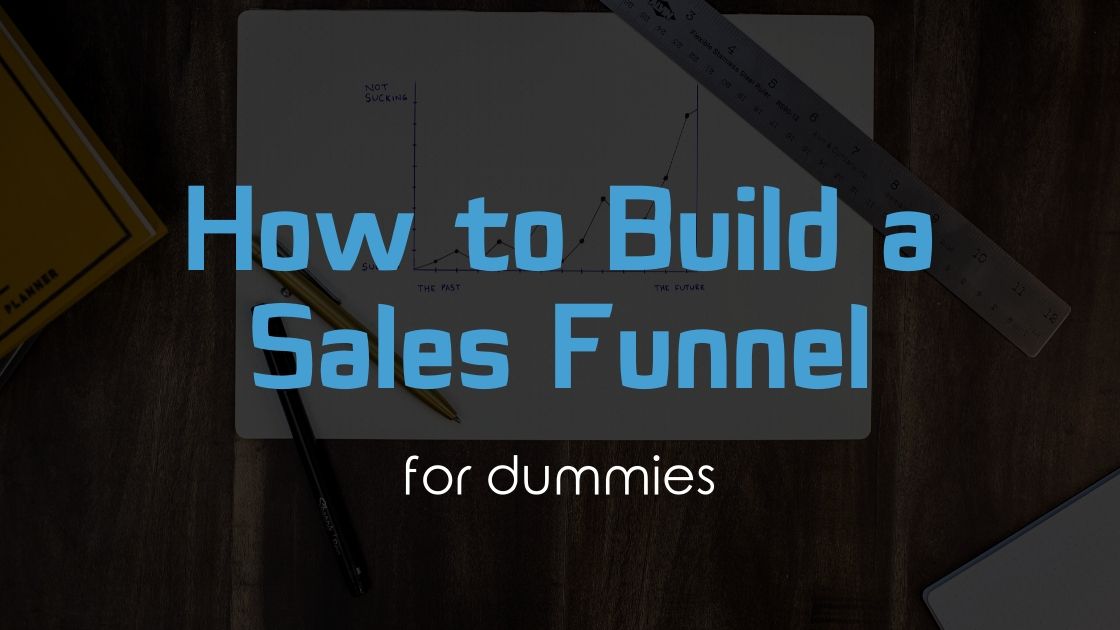

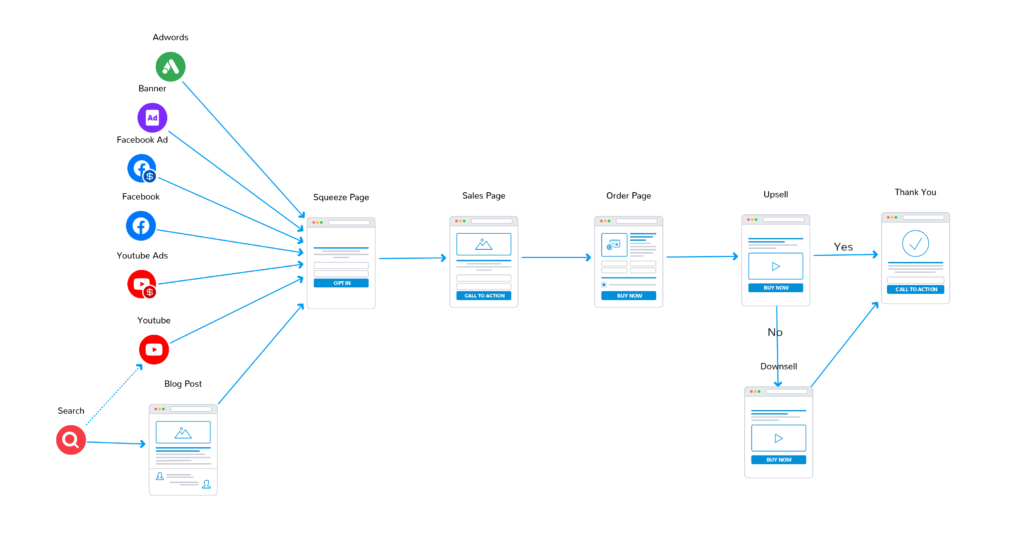
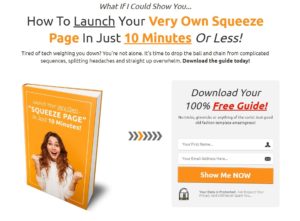
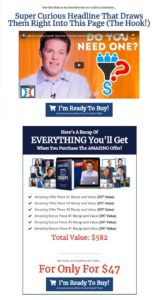
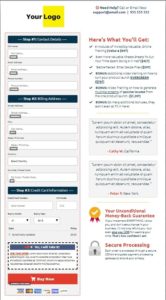

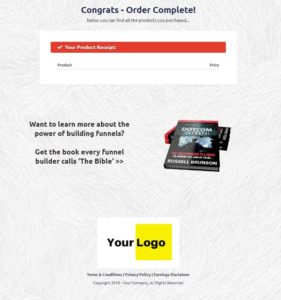
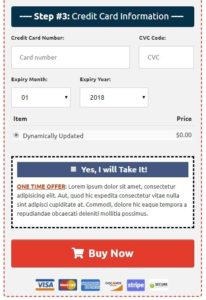



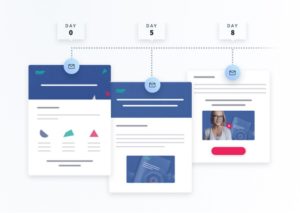

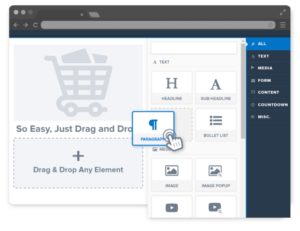
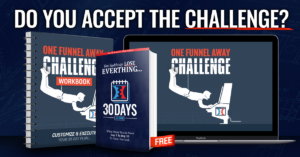

![When to Monetize Your Blog [Without 1.000s of Page Views]](https://createandearn.com/wp-content/uploads/2019/10/When-to-Monetize-Your-Blog-Blog-Banner-min.jpg)
![How to Integrate GetResponse with Clickfunnels [Or Any Other Platform]](https://createandearn.com/wp-content/uploads/2019/04/How-to-integrate-GetResponse-and-Clickfunnels-1.jpg)
![How to Build a Website for Dummies [The Easiest Step-By-Step Guide]](https://createandearn.com/wp-content/uploads/2018/10/How-to-Build-a-Website-for-Dummies-Blog-Banner.jpg)
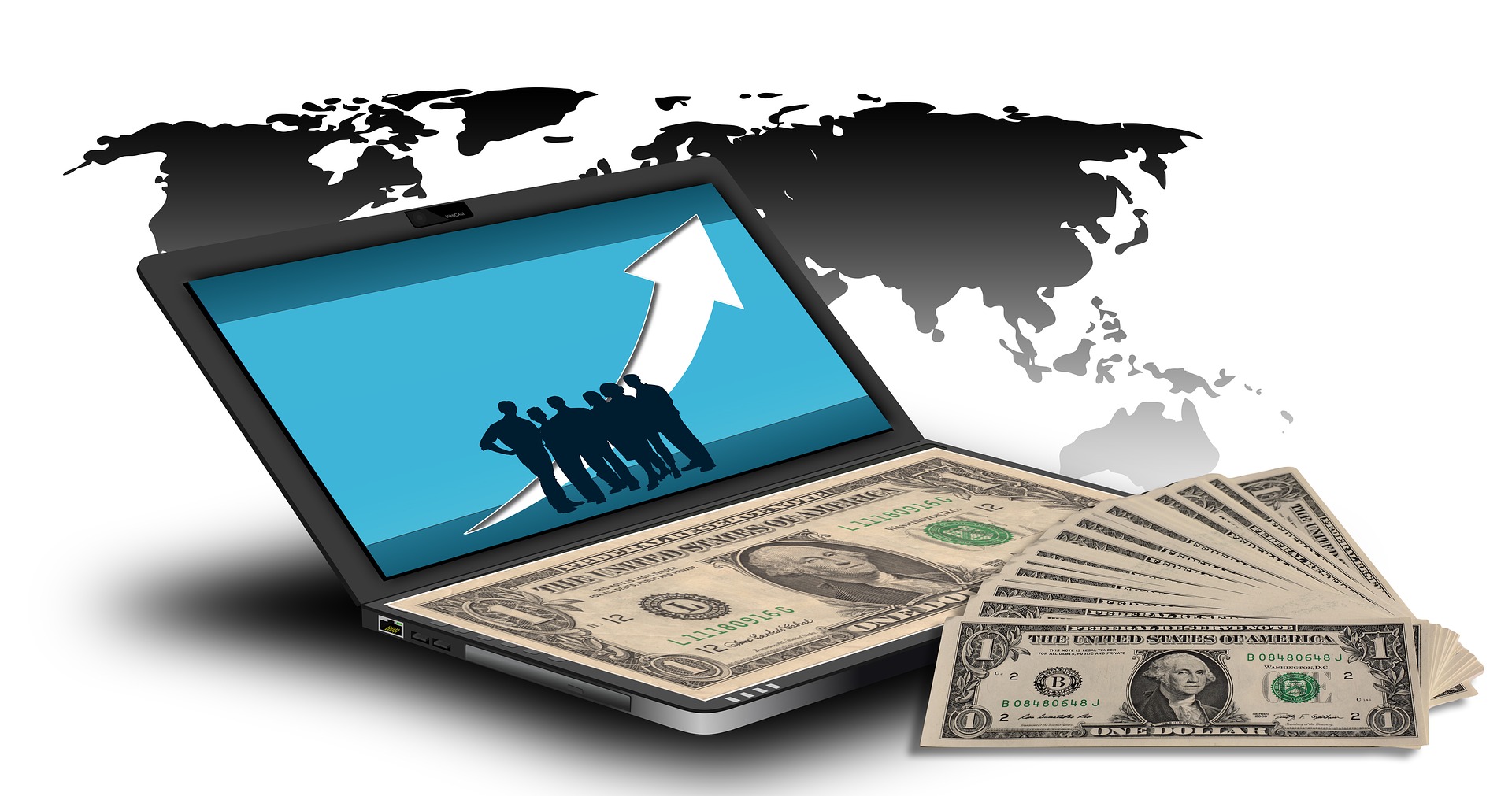


Wow! I learned so much from you today! Thank you Fran, great information shared so generously!
Blessings always
Louise
I’m glad I could help Louise. It’s good to ‘hear’ from you. Thank you for your comment!
Thank you very much for all of your fantastic articles that I have been reading and re-reading. I have not done much adverting. Just joined ClickFunnels. Of all the training and research that I have done, nothing so far tells users how to connect the dots.Such as if you build a funnel, how to deliver what the lead magnet is for? How to use autoresponders? I am in the Bootcamp right now and no one gives basic information.
Hi Patricia,
Thank you very much for your feedback.
As per how to use autoresponders, I have a lot of training on that on my Youtube channel.
Here is the complete Getresponse tutorial to get you started: https://youtu.be/EOfZGn1kuqM
You can find many more beginner videos on that channel. If you have any questions don’t hesitate to leave a comment and ask.